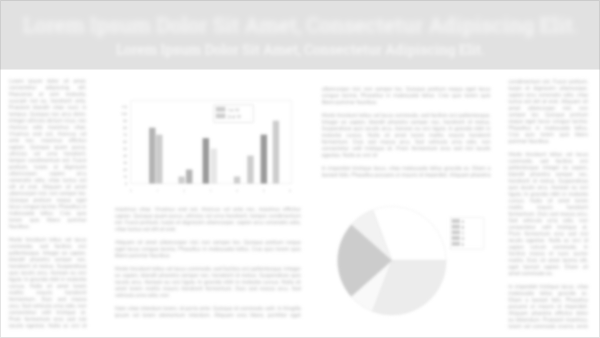Facilitating Primary Care Connections for Emergency Department Discharge Patients
Background: Vanderbilt Adult Emergency Department (ED) offers 24/7 care to 70K+ patients each year, serving as Nashville's only comprehensive academic medical center, home to a Level 1 Trauma Center, Burn Center, Stroke Center, emergency behavioral healthcare, and LifeFlight service. ED overcrowding is among the biggest problems ED staff experience, with nearly half of EDs operating at or above capacity. Studies show that increasing awareness of available primary care providers (PCPs) is necessary. Common barriers to timely primary care are difficulties reaching the clinic by phone and getting a timely appointment, which lead to more ED visits. To better understand and address barriers to primary care, we aim to improve uninsured ED patient awareness of the advantages of primary care, facilitate primary care appointment scheduling, and identify and address barriers hindering patient access to primary care services.
Methods: Our interprofessional team, comprising a medical student, pharmacy student, and nurse practitioner student, identified patients who presented to the Vanderbilt ED with chronic or non-emergency medical issues and were referred to the ED social work team to help them establish a PCP. We developed a telephone survey, provided education on primary care, linked patients with suitable clinics, and evaluated improved knowledge of outpatient resources.
Results: Of the 78 patients identified from 10/15/2023 to 2/14/2024, 67 had functional means for contact, and only 18 of these patients successfully completed the telephone survey. The population included a high percentage of Spanish-speaking (72%), financially insecure (72%), and less medically literate (50%) patients. Diabetes, hypertension, and chronic pain were the most common chronic conditions. Common factors contributing to ED visits include perceived emergency, perception of better care, financial insecurity, inability to schedule timely PCP appointments, and conflicting responsibilities. Only 50% of patients correctly defined a PCP, but all patients gave correct definitions after the caller provided education.
Conclusion/Reflections: Many patients cannot define a PCP, encounter common barriers to establishing primary care, and visit the ED for non-emergent medical issues. Addressing common barriers as well as recognizing individual complexities such as language and cultural differences are essential in best treating patients and preventing ED overcrowding. The high rate of unreachable patients highlights the need to address barriers before discharge, establish timelier follow-up with patients post-ED discharge, and expand social work staffing. Interprofessional teams exhibit a unique range of perspectives to help identify ways to improve healthcare accessibility and health equity.



